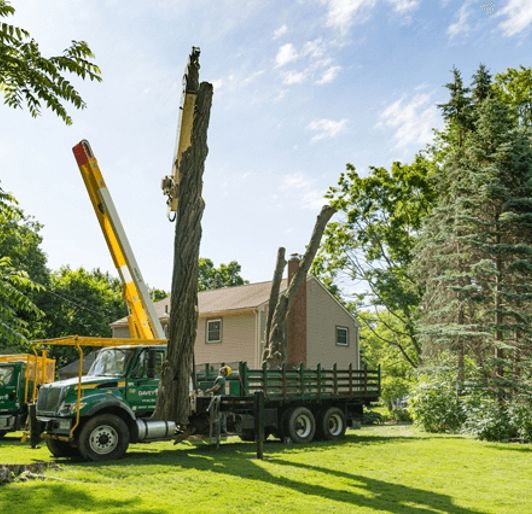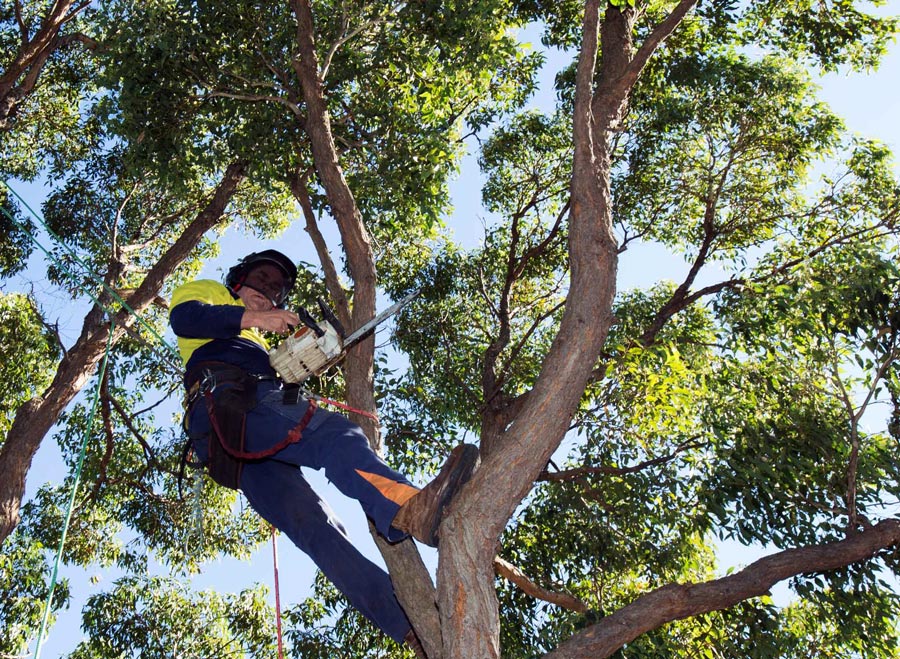All Categories
Featured
The elimination of trees can produce open spaces that are susceptible to weed intrusion. When trees exist, their dense covers often shade the ground, restricting the quantity of sunlight that reaches the dirt. However, after the elimination of trees, these open areas get increased sunlight, supplying ideal conditions for weed development.

They might advise the usage of mulch, which acts as a safety barrier on the dirt surface, preventing weed seeds from germinating and subduing weed development.

The visibility of trees fosters a rich and varied neighborhood of dirt microorganisms. Tree roots supply a source of natural matter, exudates, and nutrients that sustain the development and activity of beneficial dirt bacteria. However, when trees are eliminated, the absence of their origins can interrupt the fragile equilibrium of the dirt's microbial environment.
What Is The Best Arborist Wollongong Service?
This change in pH can influence nutrition schedule, microbial task, and general soil wellness. To address the impacts of tree reducing on soil pH, tree elimination professionals can provide important recommendations. They might recommend dirt testing to evaluate the existing pH degrees and determine the needed changes. Based on the results, specialists can recommend pH modification techniques, such as adding lime to elevate dirt pH or including essential sulfur to reduce it.

It refers to the compression of dirt particles, leading to reduced pore space and increased dirt density. This compaction can negatively influence the dirt's capacity to function efficiently, influencing its water-holding capacity, nutrient availability, and root infiltration. Correct techniques used by tree removal specialists can assist minimize compaction and preserve the soil's capability to retain water, and permit adequate airflow and careful equipment handling.
Latest Posts
Is It Worth Paying For Tree Cutting Wollongong?
What Is The Best Spring Tree Cutting Wollongong
Who Has The Best Tree Services Wollongong Service?